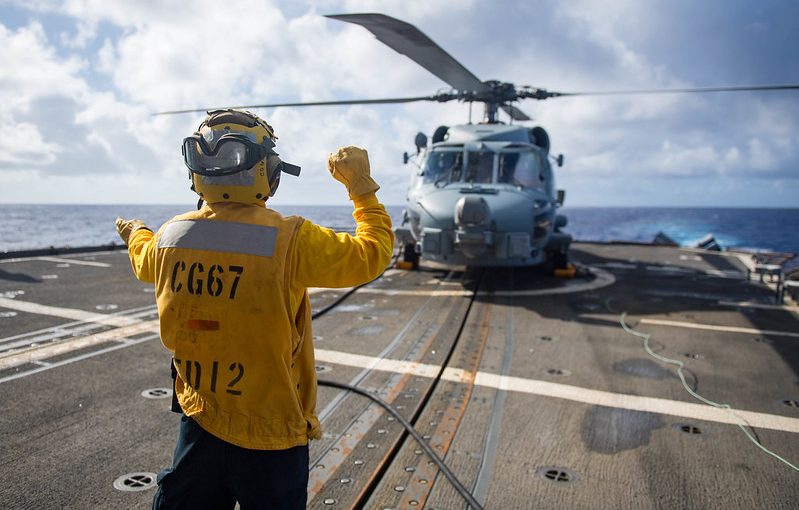by David Parmer / Tokyo
Just over a month ago, on February 25, 2020, on the occasion of President Donald Trump’s visit to India, the US and India signed a massive arms deal providing India with significant upgrades in its military capabilities. The $3 billion deal centered on several different systems:
- 24 MH-60R Seahawk helicopters
- 6 Apache attack helicopters
- NASAMS II Integrated Air Defense System
- 30 Sea Guard Drones
- 4 Poseidon-81 naval aircraft
The equipment, particularly the MH-60R helicopters, will enable not only enable India protect itself, but also to act in accord with the US in its Indo-Pacific strategy. These helicopters have a menu of functions, and one of the most important is its anti-submarine capability. The new helicopters will help the Indian navy to keep track of submarines operating in their area of interest, particularly Chinese submarines.
Traditionally, India was one of Russia’s best customers, and the signs of this are everywhere, particularly in the Indian air force which has a host of legacy Russian aircraft. While the replacement of Indian fighter aircraft is not on the table, America is looking to sell it newest F-21 fighter to India.
Since 2013 Russian sales of arms to India has steadily declined while American sales during the same period have steadily increased. India still keeps its options open in purchasing defense equipment. This has been shown most clearly by its purchase of Russia’s deadly S-400 Triumph air defense system. Turkey has also ordered the S-400, as has China.
With the purchase of modern new equipment and a role in the US Indo-Pacific strategy India is seen as gaining the upper hand in its relations with Pakistan and also with its ongoing engagement with China. India has traditionally held a non-aligned position in its international relations, but now the question seems to be this: How independent can Indian policy remain when American defense equipment and the American global defense strategy have such a big place reserved for its good friend India?
Photo: US Pacific Fleet via flickr
 日本語
日本語 English
English 中国語
中国語